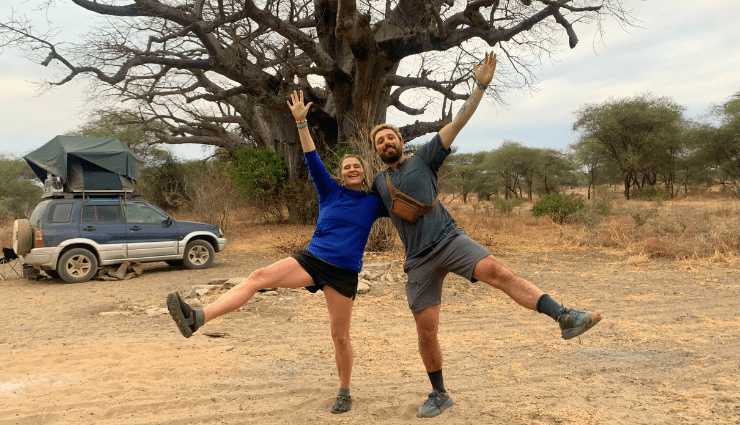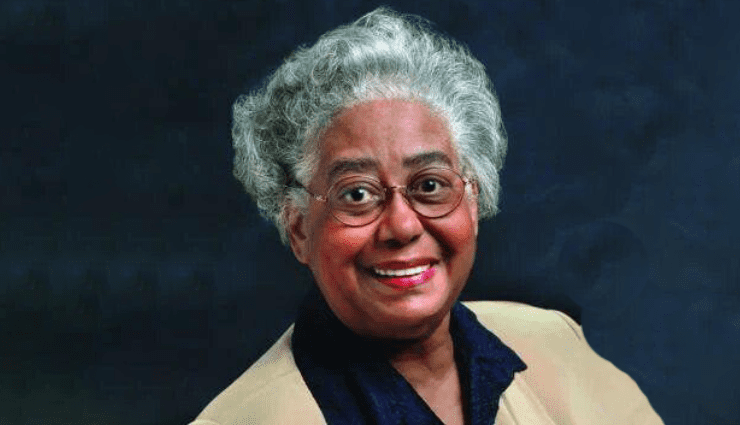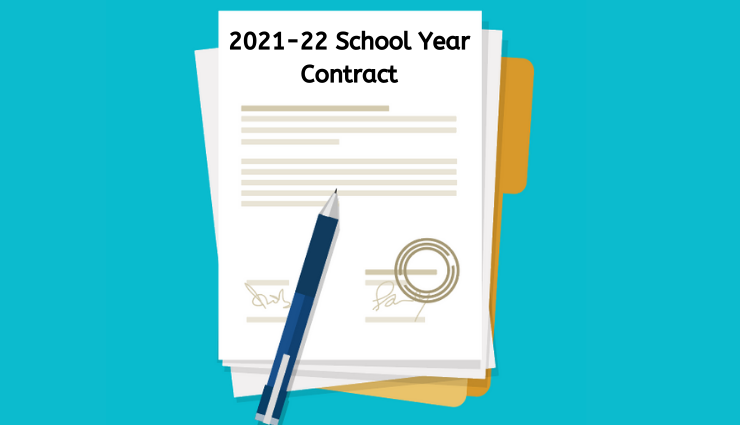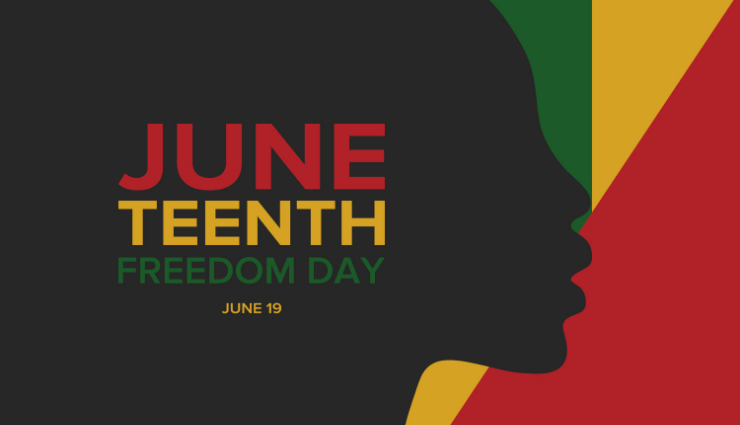Native American Education and Independent Schools
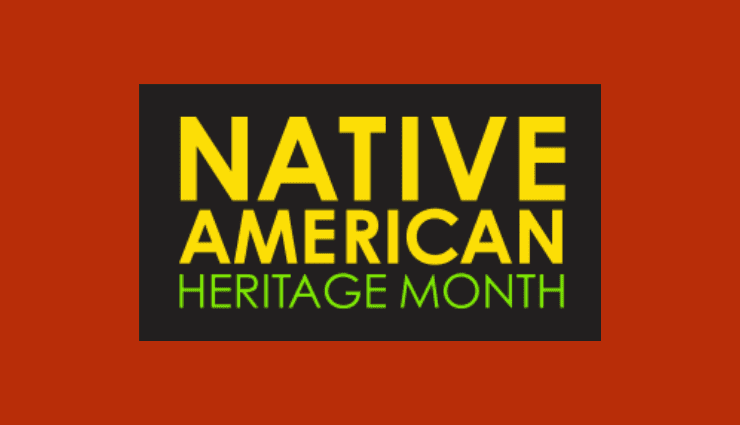
David Treuer’s excellent 2018 book “The Heartbeat of Wounded Knee” makes it more than clear that the story of Native Americans, as often implied in textbooks, did not conclude with the massacre at Wounded Knee. Indeed, there are around three million Native Americans affiliated with 573 federally recognized tribes today. Add in those whose heritage partly includes an American Indian background, and the number rises by another 5.2 million.
Native Americans suffered tremendously under the cruelty and violence colonial expansion, and suffer still, but Treuer reminds us that they remain an essential part of American society — and we need to pay more attention to both their needs and their remarkable contributions to our culture.
For independent school educators, November — the officially designated Native American Heritage Month — is an opportunity to reconsider both how we teach about Native American history and contemporary life, and how in our schools and nation we can better support, honor and connect with the many Native American communities and individuals.
In Independent School magazine a few years back, educator Laura Kaye Jagles, a member of the Tesuque Pueblo in New Mexico, wrote: “In 2014, only 0.3% of the NAIS-member school population was Native American. In some regions of the country, no Native American students were enrolled in independent schools. Given that Native Americans make up 2% of the total U.S. population and that Native tribes exist in every region, these statistics raise a question: Why aren’t more Native American students attending independent schools?”
Jagles’s question is a good one — especially in a time when independent schools speak of the importance of racial and cultural diversity in schools and the broader community. But jump forward five years from the time Jagles wrote her article and the percentage of Native Americans in independent schools is… well, still .03%.
Why aren’t the numbers improving? The short answer is that most schools have simply been inattentive to indigenous people in this nation. The flip side of this equation may also be that Native Americans aren’t paying much attention to independent schools.
With the improved focus on diversity, equity, and inclusion in independent schools, however, there is reason to rethink the relationship between Native Americans and independent schools — for the benefit of both. In her article, Jagles outlines steps schools can take to not only increase the number of Native American students but also to improve the support systems and adapt the curriculum to the needs of Native American students and their families.
Schools, she says, can partner with tribes to ensure that students are getting the education they need — including adding in more Native American studies and language, as well as more cross-cultural connection and sharing between schools and tribes. Schools that enroll Native Americans can also better engage Native American families and offer tutoring resources that meet the academic needs of Native American students.
Independent schools in the Santa Fe area have been doing all this in recent years and, as Jagles notes, it has been a positive change all around: “By affirming Pueblo tribal culture, tradition, values, language, sense of identity, and place, the independent schools in Santa Fe are learning to both broaden their own horizons and cultures while helping to serve the regional tribes. The significant numbers of Native American students and families on Rio Grande and Santa Fe Prep’s campuses, in particular, have enhanced the fabric of the independent school community and the form of education all students receive.”
In addition to the work in Santa Fe, the first-ever independent school for Native America girls — The Pine Ridge Girls’ School — opened in 2016 with two dozen middle school students. The program is grounded in Lakota philosophy and practice. But it has also adapted its curriculum from its partner schools, The Archer School for Girls in Los Angeles and the Young Women’s Leadership Network in New York City. Grade by grade, the school has been building a strong program enabling every girl to excel, go to college, and then return as a leader for future generations.
By 2022, the Pine Ridge Girls’ School aims to be recognized as a top independent 6-12 Secondary School and set a new national standard by sending 100% of its first graduating class of Oglala Lakota girls to college. It also aims to serve as a beacon for Native communities across the country to follow.
We encourage other schools to get involved in these efforts in one form or another. Given the low number of Native Americans in independent schools, it’s clear that schools can do more in their outreach and support for Native American students and their families — and have the knowledge, skills, and flexibility to make it happen.
Since the turn of this century, independent schools everywhere have been emphasizing their public purpose and curricula that aims to develop both smart and good people. We encourage them to consider this work through supporting Native Americans and Native American tribes. School by school, we simply need to care enough to become valued partners in the process of creating truly diverse school communities that include students from across the entire racial spectrum and embrace a multicultural curriculum that offers a more accurate picture of Native American history and life.
As we see it, this is one of the best ways for schools to demonstrate their public purpose and excellence.
Rethinking How We Teach Native American History
In a 2015 study, researchers at Penn State University found that 87% of the content taught about Native Americans in schools included only pre-1900 history. “When one looks at the larger picture painted by the quantitative data,” the report notes, “it is easy to argue that the narrative of U.S. history is painfully one sided in its telling of the American narrative, especially with regard to Indigenous Peoples’ experiences.”
The Smithsonian’s National Museum of the American Indian has set out to change this practice by offering a more complete perspective on Native American life. Titled Native Knowledge 360: Transforming Teaching and Learning About Native Americans, the free resource provides students with a new understanding of Native American history, cultures, and contemporary life.
The Native American Heritage Month website also offers a variety of resources for teachers — including a number of blogs that focus on primary sources for studying Native American history and culture, along with varied lesson plans and links to numerous humanities-related documents, artwork at the National Gallery of Art, and information about regional tribes.
Teaching Tolerance, a nonprofit helping teachers and schools educate children and youth to be active participants in a diverse democracy, offers a number of worthy articles on the teaching of Native American history. “Teaching the Truth About Native American History” highlights program and state initiatives designed to support robust, accurate teaching about Native history and contemporary issues.
For this year’s Indigenous People’s Day (Thanksgiving, to some), consider trying your culinary hand at a Native American recipe or two — as a way to help shift thinking about the meaning of this holiday and to connect with and honor the 573 Native American tribes in the U.S. To this end, Sean Sherman, founder of The Sioux Chef, a company devoted to Indigenous foods, has created recipes to showcase tribal diversity across the lower 48 states. In a recent New York Times article, he offers 10 of his favorite seasonal recipes for all of us to try this November 28.

